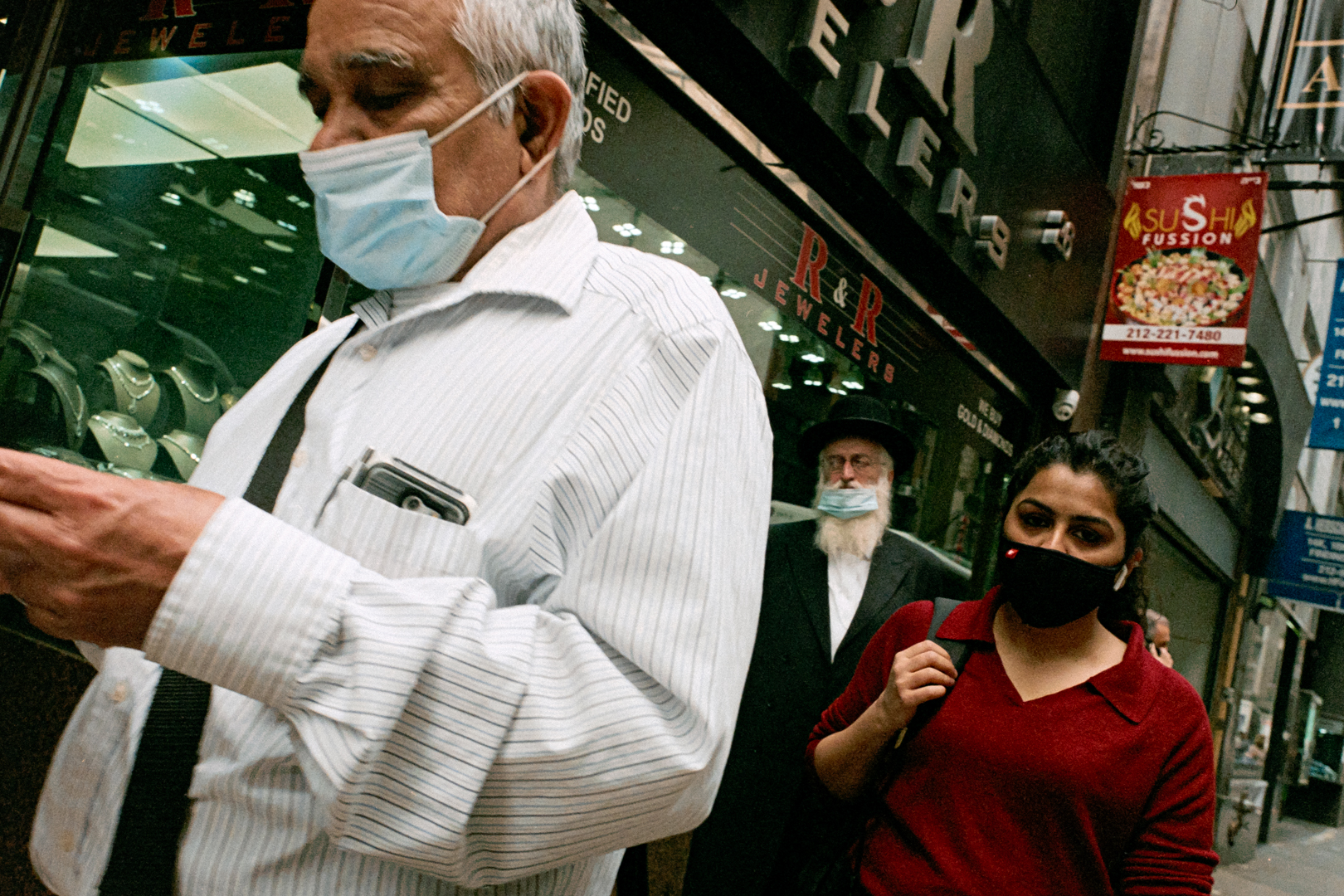
Dzesika Devic considers that a good still life is defined by the perfect interplay of colour combinations, light and texture. Everything in her pictures of abandoned landscapes is left to chance; they read like a diary of her own life and speak of the beauty of the mundane.
What is the goal of your project?
I try to photograph still life the way I photograph people. I see still life as having its own personality and characteristics. Comical, sad, pretty, confusing…etc. Also, still life is a journal of my days. I can remember where I was going, or who I was with in every still life image. I like that it is something that I still have for myself, while being very public about the work I share. I also want to show people that beauty is even in the most mundane.
You mainly photograph abandoned landscapes or buildings as well as interiors – what does this say about life?
Still life leaves a lot to the imagination. I always wonder how the still life scene came about. Who was there earlier that day? What sort of history or story is contained in that scene?
Where do you find the locations/motifs for your still lifes?
I bring my camera with me everywhere, and if a still life scene catches my eye, I will photograph it. It could be in my bedroom, walking on the street, at the grocery store. Anywhere. I don’t have any preconceived ideas of where I will photograph, but I just try to be on the lookout wherever I go.
How important is the right composition, how do you go about photographing?
I try not to take too many photos of the same scene; otherwise I torture myself later deciding between a series of images that are only slightly different from one another. I’ve started taking more time to study the scene. I ask myself, which perspective made me stop and look at this? Because that is the perspective I should shoot from. So, before I take a photo, I take a few minutes and look at the scene before looking at it through my viewfinder. This is a luxury you have when shooting still life, that you don’t always have when photographing people, which is very fleeting. Once I have an idea, then I will look through my viewfinder and take the photo.
Still lifes are normally made up careful arrangements…
I leave everything to chance. None of the scenes I shoot are set up. They are things I come across in my life.
How did the Leica M6 work for your series?
Not seeing the result of an image right away is very freeing and helps me move slowly. I am not so wrapped up in creating the perfect photograph. Instead I use my time to examine the scene, shoot it, and move along.
You shoot in both colour and black and white – what is your decision based on?
I will often decide if an image will be black and white before I even shoot it. I usually prefer black and white if the scene has a lot of geometric shapes to it, or there are minimal objects. There is a bit of influence in architecture in what I gravitate towards in black and white.
What does your post-processing of the images look like?
It is very minimal. I might darken the shadows, boost saturation, and straighten the image. In terms of narrowing images down, there is not much of a deciding process after I get my film back. If it immediately grabs my attention, then the image gets used. If not, I discard it, and rarely do I go back to it.
You’ve shot in both daytime and at night; how important is the light?
Light is everything to me. It can take a scene that would be uninteresting to me, and transform it into something that makes me look twice. If I look out my window, and see that the light is nice that day, I will go out and bring my camera. Because I know places I have walked past without giving a second thought, will now look completely different. Shooting at night has a far more eerie and ambiguous feeling to it, which I’m drawn to in imagery. I like the idea of feeling a little unsettled.
As a photographer you seem to breathe life into the emptiness. What do the pictures say about yourself?
I love silence and solitude. I think that’s why I love still life so much, because it looks so quiet, and I can never get enough of that.
What do you considers makes a good still life?
Colour combinations, light and texture.
Dzesika Devic was born in Ontario, Canada and currently lives in Toronto. As an autodidact, the young photographer works with both analogue and digital photography, depending on the situation and mood. In 2007, she received her first camera and began to take an interest in photographing objects of everyday life, travel and portraits. Her fascination for photography has grown ever since. Her works cover a wide range of subjects and media, but storytelling runs like a thread through it all. Find out more about her photography on her website and Instagram page.
Leica M
The Leica. Yesterday. Today. Tomorrow.









